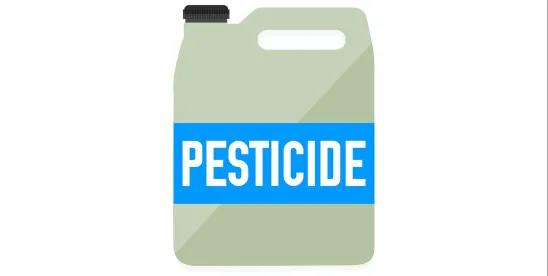On November 6, 2024, the U.S. Environmental Protection Agency (EPA) announced the release of updates to suggestions it provides to registrants when they develop benefits information for new conventional pesticide registrations and new outdoor uses of conventional pesticides. EPA states the updated document may assist registrants to ensure they submit useful and complete benefits-related information and thus save EPA’s review time for new pesticide registrations and outdoor uses.
As background, to assist EPA’s evaluation of a proposed new product or use, registrants may provide information regarding the potential benefits. Both quantitative and qualitative information can be provided to assist EPA in its consideration of benefits. In many cases, benefit submissions are formatted with applicants listing specific benefit claims and then providing supporting information for the claims. Supporting information, such as scientific rationale, published references, or summarized study data, should be included for all claims. When benefit submissions are received, EPA reviews the information and considers it as part of its evaluation of the benefits of a pesticide’s use.
According to EPA, its “updated suggestions” are intended to provide registrants with expanded instructions on the preferred format and content for submitted benefits information, including draft labels and summaries of use, key target pests, and other registered pesticides available. EPA provides several examples of information it may find helpful in comparing the new pesticide to the current standard control methods for each use site and a discussion of the benefits of the pesticide for each use site, including: (1) reductions in management effort or production costs; (2) improvements or additions to integrated pest management (IPM) as compared to other active ingredients such as application timing, selectivity against targeted pests, or decreased impacts to beneficial organisms that provide natural control of pests within the crop(s); (3) improved resistance management such as a new mode of action or effective control of pests with documented resistance to current control methods; and (4) equivalent or better performance or improvements to pest or crop management compared to what is currently registered and available in the marketplace.
In addition, examples are provided for what information can complicate the benefit assessment process or increase uncertainty, including but not limited to submitting marketing information in lieu of data generated from research trials, existing scientific literature, or scientific rationale, or providing benefits information only for a subset of use sites rather than all proposed use sites.
It is important to note that when EPA conducts risk-benefit analysis to determine whether certain risks are unreasonable as part of the new product/new use review, risks that fall under the purview of the Federal Food, Drug, and Cosmetic Act (FFDCA), such as dietary risks, may not be weighed against benefits. When risks are identified, EPA weighs the benefits of the use of a pesticide against the potential economic, social, and environmental costs of the use of a pesticide (as informed by sources such as risk assessments) and subsequently proposes a decision about the pesticide considering these factors. Generally, the Biological and Economic Analysis Division (BEAD) within the Office of Pesticide Programs (OPP) is the division that reviews benefit submissions for conventional pesticides and completes benefit assessments as necessary to inform registration decisions.
A benefit submission gives the registrant an opportunity to describe potential benefits of the use of the pesticide. For new active ingredient, first food use, and first residential use cases, EPA recommends submission of a benefits package at the time of application to inform the registration decision. For other registration actions, such as new use sites or new use patterns, submission of benefits documents may be appropriate on a case-by-case basis. Additionally, EPA will assign Master Record Identifiers (MRID) to the benefits information as well as supporting studies so they can be catalogued and tracked appropriately with the action. Although there can be overlap between an applicant’s benefits claims and information provided for a reduced risk action, EPA generally considers these to be distinguishable. If the applicant submits the action as reduced risk, a separate submission of a benefits information document would be helpful to submit in addition to the reduced risk rationale.
EPA’s updated document, Suggestions to Registrants on Providing Benefits Information for New Conventional Pesticide Registrations and New Outdoor Uses of Conventional Pesticides, is available here.




 />i
/>i
